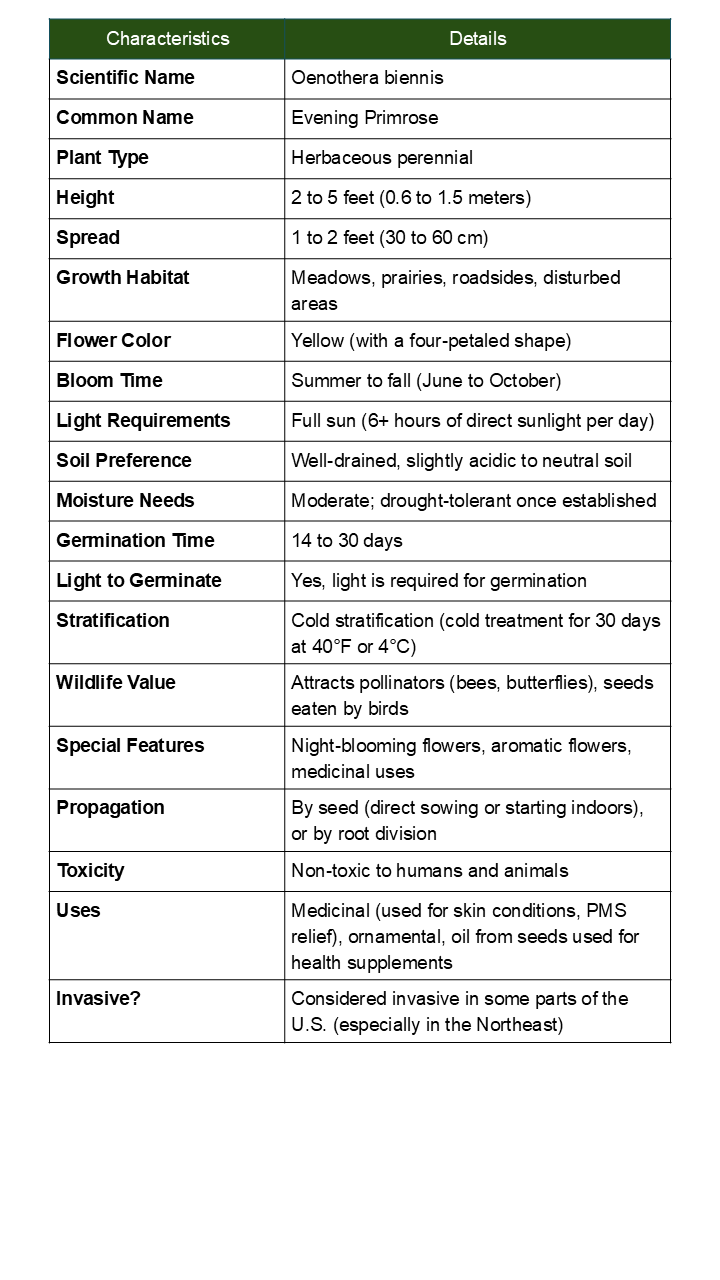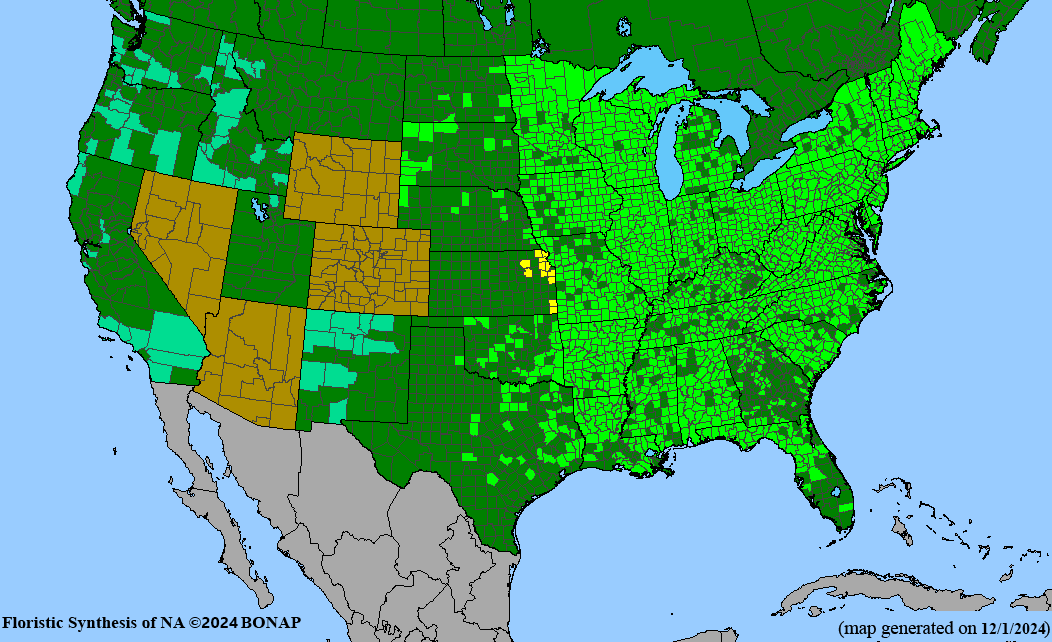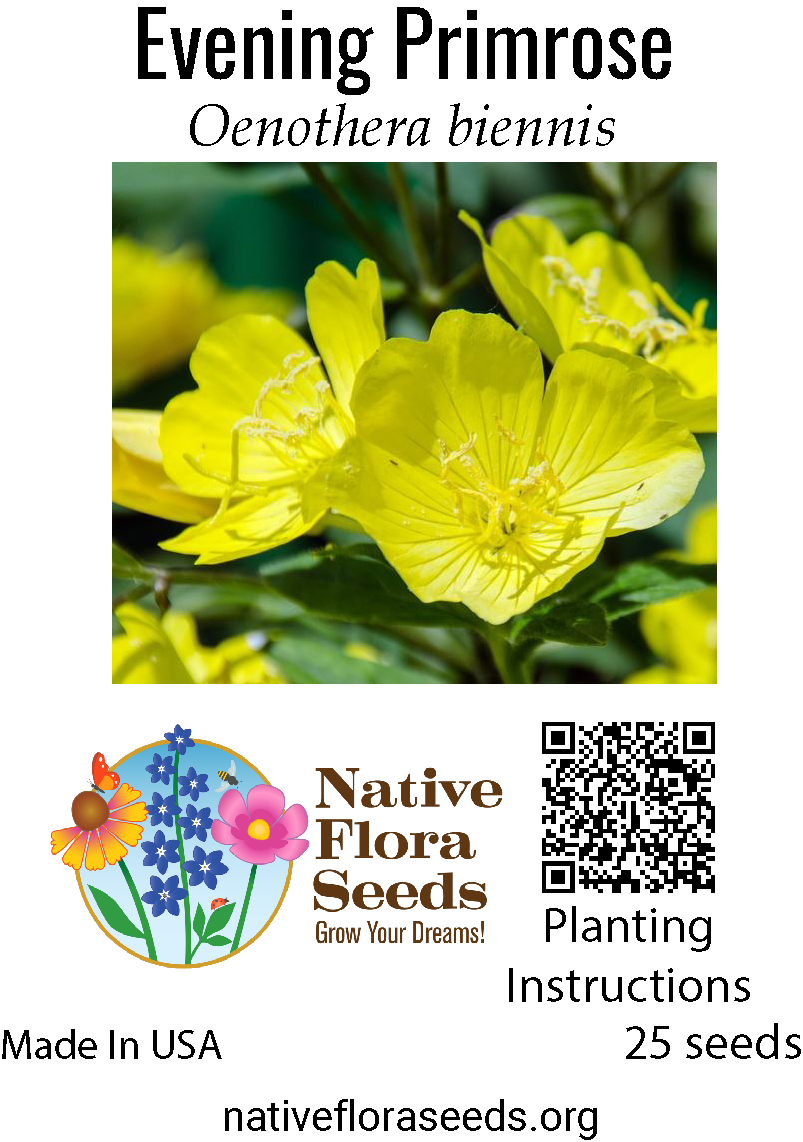Evening Primrose Seeds - Native Biennial Wildflower (Oenothera biennis)
Discover the Magic of Evening Primrose
Experience the enchanting beauty of Evening Primrose (Oenothera biennis), a remarkable native biennial that transforms your garden into a nocturnal paradise. These versatile seeds produce tall, elegant plants with fragrant yellow flowers that open dramatically at dusk, creating a magical evening display.
Why Evening Primrose is Perfect for Your Garden
- Evening Drama: Large yellow flowers open at dusk with a sweet fragrance
- Pollinator Haven: Attracts moths, bees, and evening pollinators
- Multi-Purpose Plant: Edible leaves, roots, and oil-rich seeds with traditional uses
- Hardy Survivor: Thrives in poor soils and drought conditions
- Self-Seeding: Naturalizes beautifully, returning year after year
- Native to All 50 States: Perfectly adapted to North American conditions
Growing Information
Bloom Time: June through September (second year)
Height: 3-6 feet
Spacing: 12-18 inches apart
Sun Requirements: Full sun to partial shade
Water Needs: Low to moderate, drought tolerant
Soil: Adaptable to poor soils, well-draining preferred
Planting Instructions
Direct sow seeds in fall or early spring. Seeds need light to germinate - scatter on soil surface and lightly press in. Plants form rosettes the first year and bloom the second year. Perfect for wildflower meadows, cottage gardens, and naturalized areas.
Create an enchanting evening garden with this fragrant native that connects you to centuries of traditional plant wisdom.



